Filter by
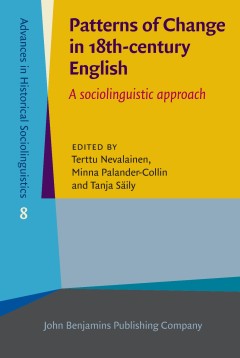
Patterns of change in 18th-century English : a sociolinguistic approach
Eighteenth-century English is often associated with normative grammar. But to what extent did prescriptivism impact ongoing processes of linguistic change? The authors of this volume examine a variety of linguistic changes in a corpus of personal correspondence, including the auxiliary do, verbal -sand the progressive aspect, and they conclude that direct normative influence on them must have b…
- Edition
- -
- ISBN/ISSN
- 9789027263834
- Collation
- xi. 311p. : ill.
- Series Title
- -
- Call Number
- 427.009033 PAT p
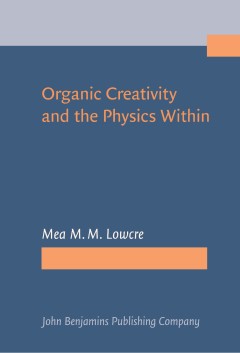
Organic creativity and the physics within
A group of international top scientists from a diversity of disciplines sat together for five days with artists, designers, and entrepreneurs to develop a trans-disciplinary theory of creativity. Organic Creativity and the Physics Within assumes that creativity is a quality of nature visible in physics as well as in psychology, its basis being combinatorics, coincidence, complementarity, and fr…
- Edition
- -
- ISBN/ISSN
- 9789027212030
- Collation
- 60p. : ill.
- Series Title
- -
- Call Number
- 153.35 LOW o
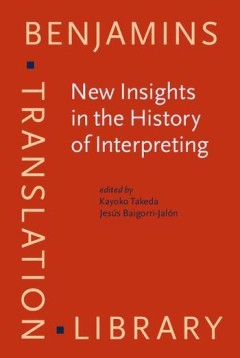
New insights in the history of interpreting
Who mediated intercultural exchanges in 9th-century East Asia or in early voyages to the Americas? Did the Soviets or the Americans invent simultaneous interpreting equipment? How did the US government train its first Chinese interpreters? Bringing together papers from an international symposium held at Rikkyo University in 2014 along with two select pieces, this volume pursues such questions i…
- Edition
- -
- ISBN/ISSN
- 9789027258670
- Collation
- xvi, 278p. : ill.
- Series Title
- -
- Call Number
- 418.0209 NEW n
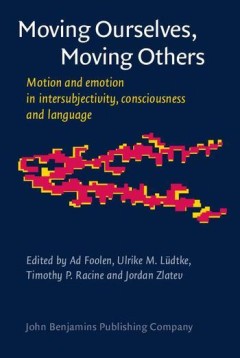
Moving ourselves, moving others : motion and emotion in intersubjectivity, co…
The close relationship between motion (bodily movement) and emotion (feelings) is not an etymological coincidence. While moving ourselves, we move others; in observing others move – we are moved ourselves. The fundamentally interpersonal nature of mind and language has recently received due attention, but the key role of (e)motion in this context has remained something of a blind spot. The pr…
- Edition
- -
- ISBN/ISSN
- 9789027241566
- Collation
- viii, 492p. : ill.
- Series Title
- -
- Call Number
- 401 MOV m
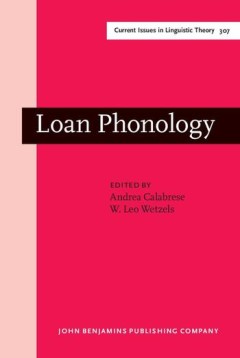
Loan phonology
For many different reasons, speakers borrow words from other languages to fill gaps in their own lexical inventory. The past ten years have been characterized by a great interest among phonologists in the issue of how the nativization of loanwords occurs. The general feeling is that loanword nativization provides a direct window for observing how acoustic cues are categorized in terms of the di…
- Edition
- -
- ISBN/ISSN
- 9789027288967
- Collation
- vii, 273p. : ill.
- Series Title
- -
- Call Number
- 414 LOA l
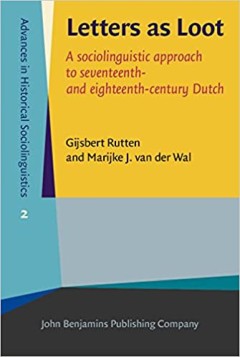
Letters as loot : a sociolinguistic approach to seventeenth- and eighteenth-c…
The study of letter writing is at the heart of the historical-sociolinguistic enterprise. Private letters, in particular, offer an unprecedented view on language history. This book presents an in-depth study of the language of letters focussing on a unique collection of Dutch private letters from the seventeenth and eighteenth centuries, which comprises letters from the lower, middle and upper …
- Edition
- -
- ISBN/ISSN
- 9789027269577
- Collation
- xiii, 426p. : ill.
- Series Title
- -
- Call Number
- 306.44 RUT l
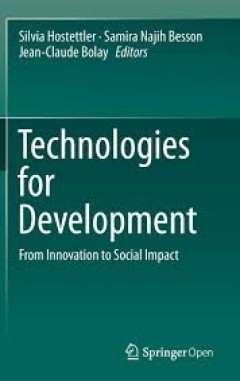
Technologies for development
This open access book presents 18 case studies that explore current scientific and technological efforts to address global development issues, such as poverty, from a holistic and interdisciplinary point of view, putting actual impacts at the centre of its analysis. It illustrates the use of technologies for development in various fields of research, such as humanitarian action, medical and inf…
- Edition
- -
- ISBN/ISSN
- 9783319910673
- Collation
- -
- Series Title
- -
- Call Number
- 621 HOS t

Labour and value: rethinking Marx’s theory of exploitation
- Edition
- -
- ISBN/ISSN
- 9781783747825
- Collation
- 144 p.; 23 cm.
- Series Title
- -
- Call Number
- 306.449 SCR l
- Edition
- -
- ISBN/ISSN
- 9781783747825
- Collation
- 144 p.; 23 cm.
- Series Title
- -
- Call Number
- 306.449 SCR l

Children's rights in Norway: an implementation paradox?
Malcolm Langford, Marit Skivenes and Karl Harald Søvig (eds.).
- Edition
- -
- ISBN/ISSN
- 9788215031422
- Collation
- 452 pages : color diagrams ; 24 cm
- Series Title
- -
- Call Number
- -

Language planning as nation building : ideology, policy and implementation in…
The decades around 1800 constitute the seminal period of European nationalism. The linguistic corollary of this was the rise of standard language ideology, from Finland to Spain, and from Iceland to the Habsburg Empire. Amidst these international events, the case of Dutch in the Netherlands offers a unique example. After the rise of the ideology from the 1750s onwards, the new discourse of one …
- Edition
- -
- ISBN/ISSN
- 9789027262769
- Collation
- x, 312p. : ill.
- Series Title
- -
- Call Number
- 306.449492 RUT l
 Computer Science, Information & General Works
Computer Science, Information & General Works  Philosophy & Psychology
Philosophy & Psychology  Religion
Religion  Social Sciences
Social Sciences  Language
Language  Pure Science
Pure Science  Applied Sciences
Applied Sciences  Art & Recreation
Art & Recreation  Literature
Literature  History & Geography
History & Geography